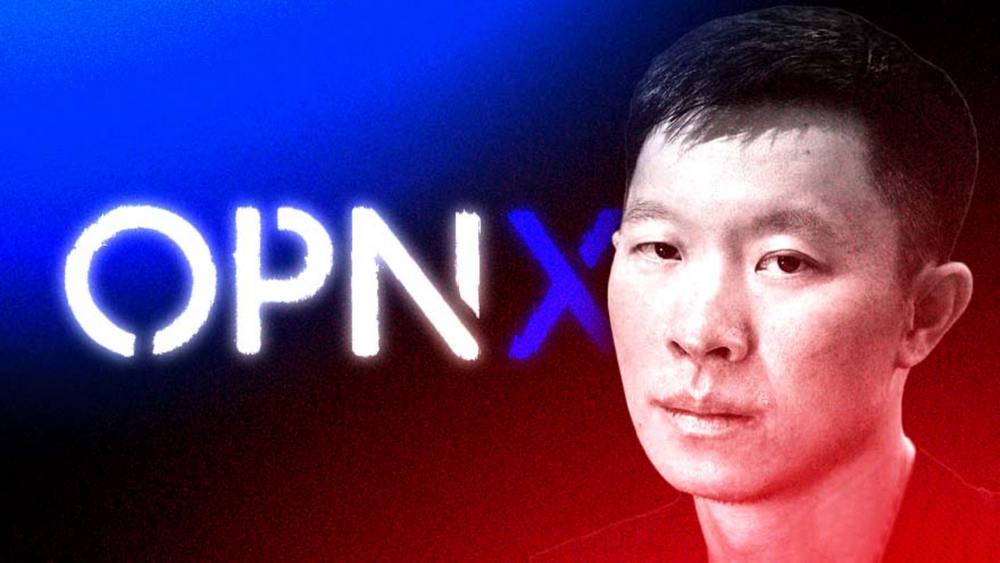Ethereum Istanbul hard fork soon, major client node upgrade rate is less than 40%
Trustnodes reported on December 4th that the Ethereum Istanbul hard fork will take place in three days, but only 38% and 42% of the Ethereum clients Geth and Parity have completed the upgrade, respectively.

Image source: visualhunt
According to data on Ethernodes, 1035 Geth nodes have been upgraded, but nearly 1700 have not been upgraded. Parity has 338 nodes that have been upgraded, and nearly 500 that have not yet been upgraded.
- Commercial banks explore the way "blockchain +"
- Smartphone TEE: Booster for DC / EP offline applications of central bank digital currencies
- Can Bitcoin use the MimbleWimble protocol? That's what Pieter Wuille and Charlie Lee say
Ethereum Istanbul hard fork node upgrade diagram in December 2019
The above figure only tracks 3,500 Ethereum nodes that are defined as "ready and synchronized clients seen on the Ethereum network in the past 24 hours."
In total, the Ethereum network has about 7000 accessible nodes, but only half of them are active, and less than half of the nodes have been upgraded.
Assuming that both the miner and the enterprise node have been upgraded, the overall proportion is not necessarily important, because other nodes only verify themselves, not the public like the enterprise node, or the production block like the miner.
Therefore, at the technical level, as far as the network is concerned, less than half of the user upgrades are not important, but this is a hard fork, meaning that the nodes that have not been upgraded will not be able to operate after December 7.
This slow node upgrade is not uncommon, but it does show that there is a general lack of interest in this fork, which is basically a maintenance upgrade without any major features, and the Ethereum community usually pays attention to this feature.
On the contrary, some upgrades on the efficiency of gas calculations can allow miners to increase the gas limit (block size), but their capacity limit is more political than technical.
Miners generally agree with the view that a few expensive transactions will bring them more profits than many low-cost transactions.
However, such costs are currently quite low, at about $ 100,000 per day, but this figure reached $ 5 million per day in January 2018.
Although the orphan block rate (uncle block) has dropped significantly, miners still keep capacity at a fairly limited level. This situation seems to continue for at least a year or more, but at least Ethereum will have an upgrade this year.
We will continue to update Blocking; if you have any questions or suggestions, please contact us!
Was this article helpful?
93 out of 132 found this helpful
Related articles
- Featured | Messari Founder: Recent Frustrations and Hopes in the Industry; Innovations in the Bitcoin Technology Stack
- Bakkt CEO secures U.S. Senate seat, may help cryptocurrency promotion
- Science | An article to understand the innovation in the Bitcoin technology stack over the years
- Babbitt live 丨 Zhang Laiwu: In the era of digital economy, digital currency and the sixth industry are the main battlefields of blockchain applications
- Babbitt live | I heard these "different" views at a conference attended by more than 100 blockchain investors
- Kelly Loeffler steps down from Senate seat, Bakkt welcomes new CEO
- Regarding the Ethereum Istanbul hard fork, we need to understand these (with user guide)






